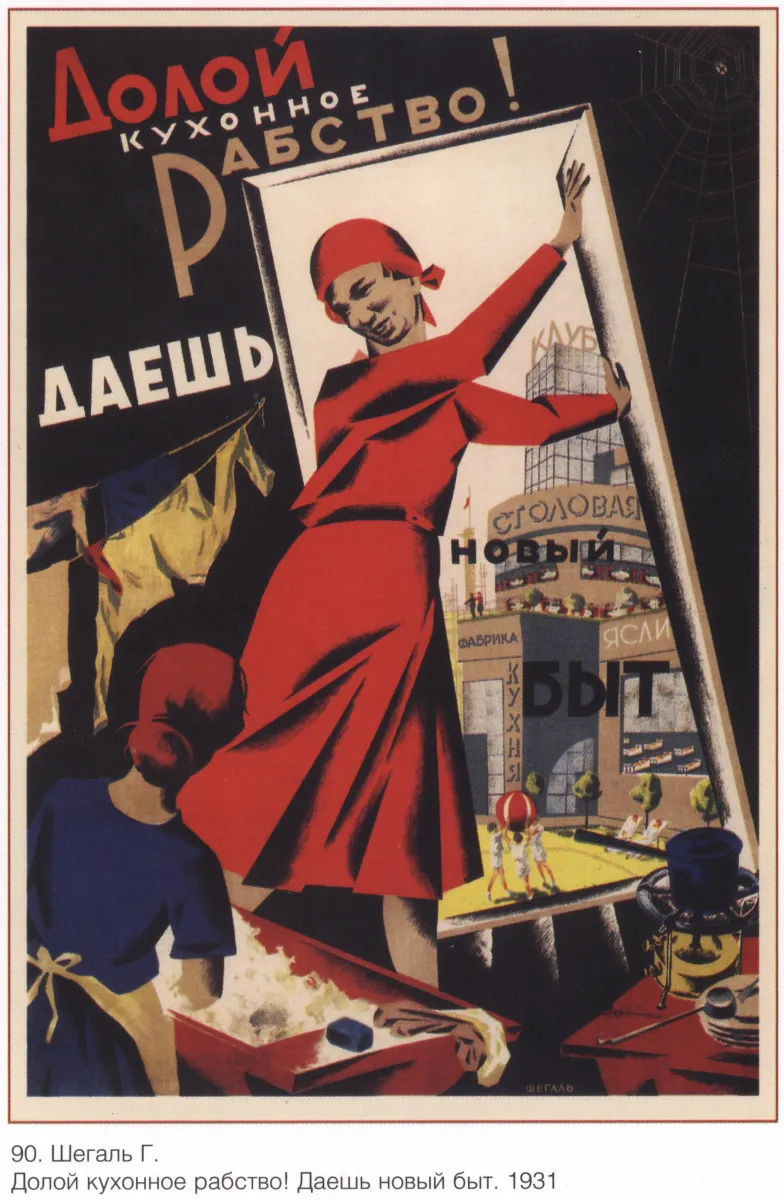
Since the emergence of the "Union of Equal Rights for Women" (SRJ) and the holding of the first women's rally and until 1917, the women's civil movement is gaining more and more strength. Conventions are held, women's working clubs are created, in 1913 the first international women's day is held. In 1911, women receive the right to vote in the volost election, in 1912 - the right to separate living with her husband and equal rights of inheritance. And, finally, after the 40-strong rally for women's rights in March 1917, the constitution of the RSFSR in 1918 gives Soviet women the widest range of rights, no analogues to which were found in any country in the world.
Most often this is the moment in favor of the fact that women in Russia have long received equality. But, in addition to the fact that equality and equality are different concepts, the problem is that unfortunately, in 1918 the Civil War followed, with it - the famine of 1921-1922, collectivization, industrialization, dispossession, repression: grandiose human sacrifices, huge volumes work.
The demographic situation has strongly buckled and in the thirties there has been a rollback and the return of the image of "mother and wife" as desirable and socially approved. Fertility is increased by radical methods - contraceptives go out of sale (1935), abortions become illegal (1936), divorce - difficult to implement (1944). Propaganda positions maternity as a duty of the Soviet woman, without stopping to demand from her equal work with men. In 1943 separate education was introduced for boys and girls in accordance with approved social roles.
It is at this moment that the duality of women's perception in society that accompanies the USSR and modern Russia is formed and levels the achievements of feminism in the social sphere: the double burden of women as mothers, wives and "keeper of the hearth" and at the same time an active worker.